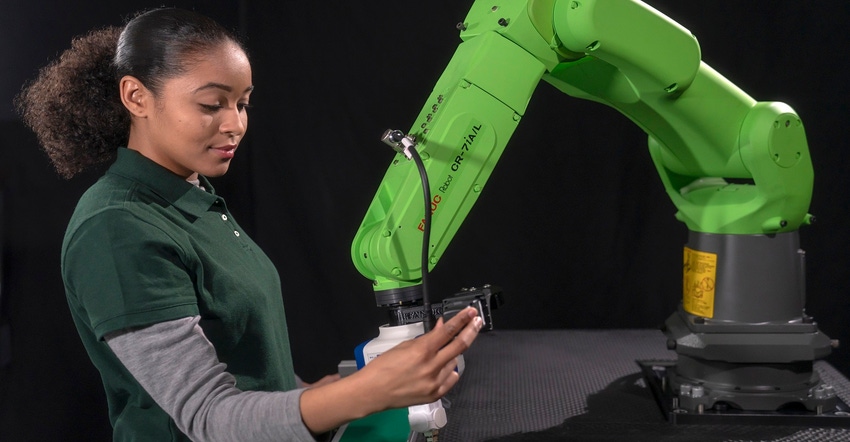How to Get Your Digital Transformation Right
Moving to a digital manufacturing process can deliver multiple efficiency benefits. It can also be tricky.
December 3, 2021

A lot can go wrong on the path to digital production. Manufacturers can miss the mark on ROI. They can lose time to poorly integrated applications. Yet, done right, the digital path can profoundly reduce work stoppages and increased uptime.
“As companies evolve from manual processes and disconnected systems they have to consider phased versus big-bang implementation options,” Jonathan Gross, managing director at Pemeco Consulting told Design News. “Oftentimes, a phased approach is more prudent.”
Gross will present a free Design News webinar entitled, Get Your Digital Transformation Right, on December 9 at 2:00 pm Eastern. The webinar is designed to help get manufacturers plan and track their moves to digital operations.
We caught up with Gross to get his take on how to conduct the digital transformation.
Design News: What are some of the issues manufacturers should consider before they implement digital tools?
Jonathan Gross: Before implementing digital technologies, companies should make sure that they’re adequately prepared.
First, they should define a clear strategy for their digital transformation projects. What are the desired business objectives and what specific outcomes are those tools intended to deliver? Anchoring a digital transformation project in real business benefits will help the company define a clear scope of work and project performance targets.
Second, they should build a strong project team and governance structure. In addition to strong decision-making frameworks, companies need to dedicate key internal personnel to design the new processes, test the systems, and train the end-users. Before starting implementation, the company must backfill its key personnel to free them up to work on the project.
DN: Is it wise to implement digital tools in stages – such as IoT first, then ERP integration – or is it best to ramp up several tools simultaneously?
Jonathan Gross: Most consulting firms will say, “it depends.” Companies that have the luxury of choice can pursue the option that drives the most strategic value and makes the most sense from a phasing perspective. For example, many companies might first pursue ERP. Once BOMs, routings, production schedules, and shop floor control processes are stable, they might look to interface to MES or other control systems.
In contrast, companies that are migrating from integrated legacy systems might have a more difficult choice. Do they implement one system first and develop potentially costly ‘throw-away’ interfaces to other soon-to-be-replaced systems? Or, do they replace all legacy systems concurrently and assume the costs and risks of deploying a complex architecture in a big-bang approach?
DN: Is it possible to have one stage of digital tools pay for another? Can the savings from predictive maintenance support the acquisition of robotics?
Jonathan Gross: Yes, and this is precisely how manufacturers should view these projects. They will take the savings or cost benefits from one area and invest them in other areas of the business if those investments generate an ROI. Your example is a good one. According to a GE study, an average unplanned plant equipment outage lasts four hours and costs $2 million. So, if a manufacturer unlocks benefits, it can redeploy that capital into value-driving robotics projects.
DN: Has edge computing become a more effective option than cloud computing?
Jonathan Gross: My view is that edge computing and cloud computing each have their rightful place in a manufacturer’s technology ecosystem. Cloud is great for the handling and processing of large datasets and for providing computing in areas that do not have the same latency concerns. Many companies leverage cloud technologies for AI applications, business intelligence, and ERP. Meanwhile – and until 5G networks become the standard – we can expect edge (and fog) computing to continue to play key roles for critical applications with low latency requirements or where connectivity is suspect.
During the Design News webinar, Get Your Digital Transformation Right, on December 9 at 2:00 pm, Eastern, Gross will explain how to plan for a digital transformation. He’ll show how to organize the first phase so it’s likely to pay for the next. He’ll discuss getting the right balance between cloud tools and edge computing. He noted that attendees will learn:
How to benefit from Industry 4.0, IoT, AI, cloud applications, and edge computing
How digital tools can improve efficiencies, reduce downtime, and increase customer responsiveness
How to create an effective ROI-based plan for digital transformation
How to implement digital tools that will ensure success.
About the Author(s)
You May Also Like





